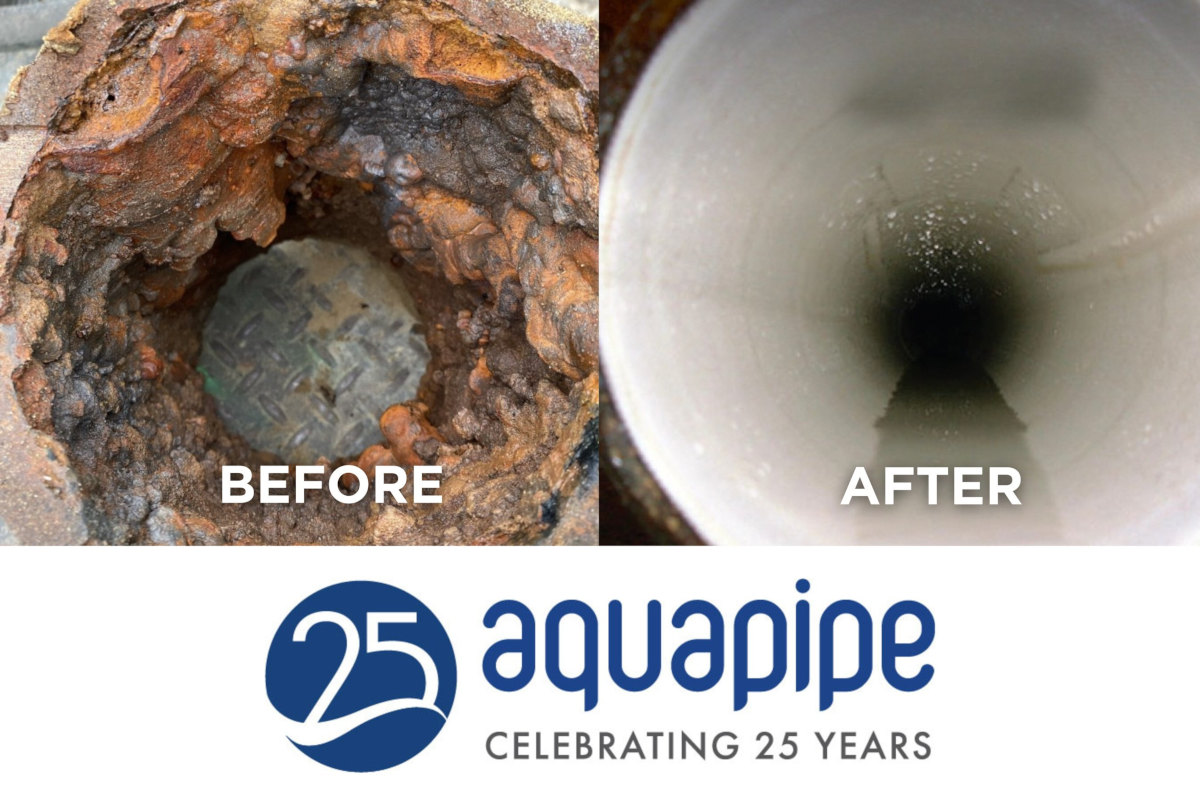
Last Word: Canada Is a World Leader in Structural Lining of Watermains
For the past 20 years, I have been lucky enough to participate actively in the development and commercialization of a new approach to re-building aging water mains. Largely used for the rehabilitation of sewer pipes, there was no equivalent cured-in-place pip (CIPP) technology for drinking water in the late 1990s.
The challenge to develop a product to rehabilitate a pressurized conduit that transports the life-essential resource was colossal. But, for the chemist that I am, it represented a most stimulating project. Our boss at the time, who is still president of Sanexen, saw an incredible business opportunity. Now we had to come up with a product that works.
RELATED: Using CIPP for Water Mains
For once, there was unanimity among the engineering community on the deplorable state of our water infrastructure. Watermain breaks and leaks were multiplying, and the gigantic investments required to bring the distribution systems to level, left utility managers at an impasse.
Carried by this state of fact, and without really knowing what we were getting into, we attacked the development of a whole new product that was fully structural, 50-year life design, eliminated watermain breaks, minimize excavation by opening connections from the inside but most importantly — be more economical than traditional trench replacement.
To achieve this, we would need a new design that would be accepted by our clients as a viable alternative to replacement because the investment would be important and failure could not be an option. We had to perfectly understand the needs of the future clients and it is why, from the beginning we got in touch with cities from the Greater Toronto Area (GTA) and the Montreal area.
RELATED: Montreal Rehabilitates Aging Water Mains Using CIPP
Then, with the help of the National Research Council of Canada and its Industrial Materials Institute (NRC-IMI), the CERIU (Center of Expertise and Research in Urban Infrastructure) and many local municipalities, we brought to market the first structural lining product that met with the stringent requirements of drinking water application of the National Sanitation Foundation Standard 61. From scratch, a small team had put together the Aqua-Pipe liner.
The next step was to bring the product to commercial acceptance. Notwithstanding the numerous studies showing water loss as much as 30 per cent and watermain breaks reaching record levels with the aging infrastructure, it remained very difficult to introduce new methods of renewal in a market that had not seen any innovation in 50 years.
Fortunately, the Canadian municipal professionals — with Toronto and Montreal leading the pack — followed the progress of our efforts with an open mind. Both of Canada’s largest cities, through sound asset management principles, and dealing with increasing costs of repairs and replacement, initiated programs to renew their watermains with trenchless rehabilitation. Quickly, they took advantage of the many benefits of trenchless technologies that were not only financial but also social.
Because of the vision and insight that Canadian cities have demonstrated, Canada has become the world leader in trenchless watermain renewal using structural lining. Every year, more than 200 km of watermains are lined, making Canada the most progressive country in watermain structural lining in the world. Canada is home to the world’s most advanced experts in the field of structural watermain lining. This expertise in sought after by the international community that comes to Canada to witness this unique efficiency and expertise in watermain rehabilitation.
RELATED: Trenchless Technology Canada Roundtable: The State of Trenchless Technology in Canada
Canadian know-how has attracted attention in all regions of the world, be it the United States, Europe, Asia and Australia. Canadian technology is being used not only in Canada but increasingly by our southern neighbour and as far as Australia and New Zealand.
For the last 20 years, I have seen the birth and the growth of a new industry, first as the scientist developing new technology and now as president of our American sister company. While structural lining has flourished in Canada and most major Canadian cities now use structural lining, the United-States has yet to follow in the Canadian footsteps.
Our experience, resting on more than 2,000 km of watermains restored using structural lining, must become the footing for the great challenge that North America’s water infrastructure is facing in years to come.





